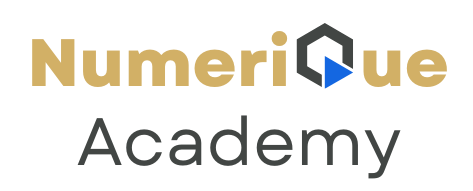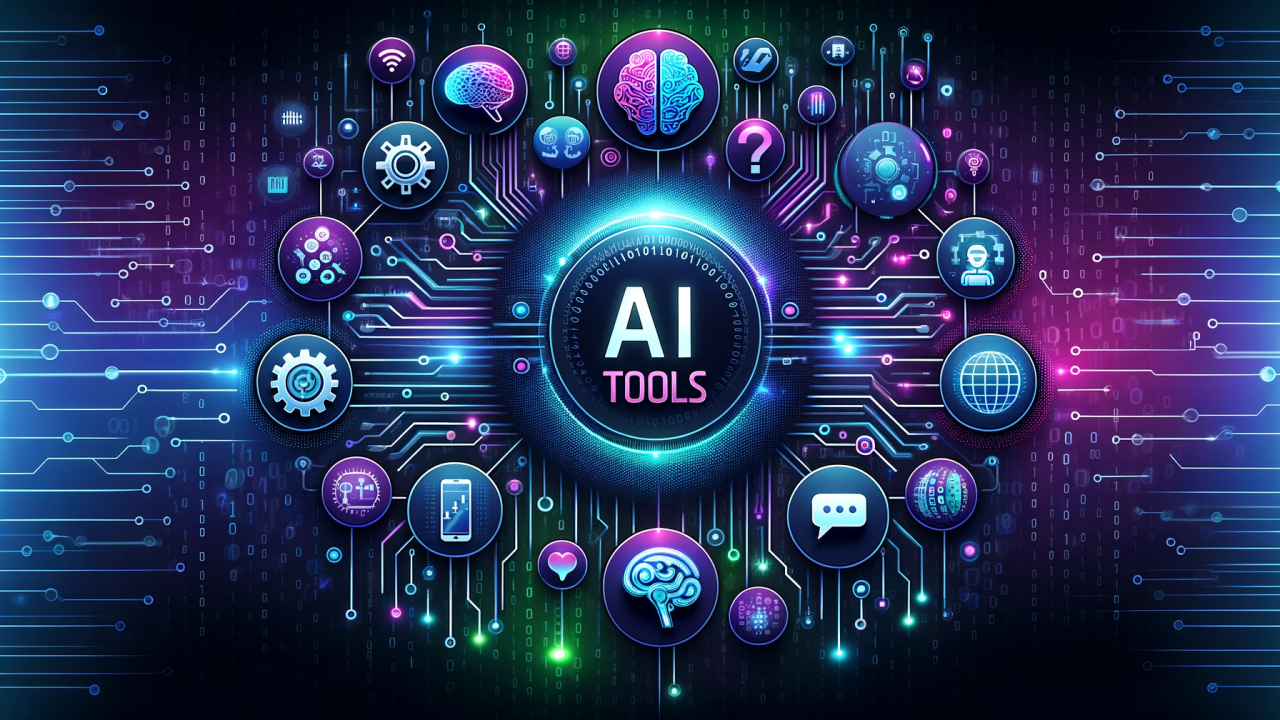Artificial intelligence (AI) tools have rapidly evolved from experimental novelties to indispensable business and educational assets. From writing assistants and image generators to automation platforms and virtual tutors, the current AI landscape is already impressive — but what comes next?
Over the next three years, we’re likely to witness a significant transformation in how AI tools are built, used, and integrated into daily life. For educators, entrepreneurs, and creators, staying ahead of these developments could mean the difference between thriving and becoming obsolete.
Here’s what the future holds.
1. Multimodal AI Will Become the Standard
Most current AI tools specialize in one form of input: text, voice, or image. But this siloed approach is quickly disappearing.
Multimodal AI, which processes and generates across multiple input types (text, image, video, audio), is set to become mainstream. Tools like OpenAI’s GPT-4o (omni) and Google DeepMind’s Gemini already hint at this future, enabling users to upload documents, images, and ask questions via voice — all within one unified platform.
Implication: Expect next-gen tools that can:
- Read a PDF, summarize it, and turn it into a presentation
- Analyze a YouTube video and generate key takeaways
- Accept voice commands to build lesson plans or project outlines
2. AI Will Be Embedded Natively in Everyday Software
Right now, many AI tools are standalone platforms or integrations. In the next three years, expect AI to become native inside the apps we already use — like Microsoft Office, Google Workspace, Figma, and even Slack.
For example:
- Microsoft Copilot is already integrating ChatGPT-style AI directly into Excel, Word, and PowerPoint
- Google’s Duet AI adds smart suggestions into Docs, Sheets, and Gmail
- Adobe Firefly lets users generate images within Photoshop using text prompts
Implication: You won’t need to “use an AI tool” — you’ll already be using one every time you open an app.
3. Personalized AI Assistants Will Become Ubiquitous
In the near future, expect AI to work for you personally, not just as a general tool.
Think beyond Alexa or Siri — future AI assistants will:
- Learn your communication style
- Manage your schedule dynamically
- Tailor recommendations for your students, clients, or content strategy
- Act as true digital coworkers
Already, startups are creating AI agents that manage inboxes, make bookings, or even handle Zoom meetings on your behalf (like Rewind.ai and Personal.ai).
Implication: Educators and business owners could have 24/7 intelligent support — tailored to their goals, tasks, and teaching styles.
4. AI Governance, Privacy & Ethics Will Reshape the Landscape
As AI becomes more powerful, governments and regulators are stepping in. The EU AI Act, new U.S. executive orders, and global regulatory efforts will bring stricter rules around:
- Data privacy and consent
- Use of generative AI in education and advertising
- Disclosure of AI-generated content
- Bias and discrimination in automated systems
Implication: Platforms that prioritize transparency, explainability, and ethical AI use will gain trust and longevity. Expect more disclaimers, AI use disclosures, and policy updates in digital products.
5. Education & Upskilling Tools Will Become AI-First
In education and digital training, AI isn’t just a supplement — it’s becoming the core engine.
By 2028, Gartner predicts that over 60% of educational content will be AI-curated or AI-generated. In the next three years, you’ll likely see:
- AI-generated course materials, tests, and feedback
- Personalized learning pathways for each student
- AI tutors for on-demand clarification or study guidance
- Instructors using AI dashboards to monitor student progress in real time
Platforms like Khanmigo (from Khan Academy) are already prototyping this model, showing promising results in student engagement and performance.
Implication: Online educators and academies should start integrating AI into their course delivery now — or risk falling behind.
6. Hyper-Automation Will Redefine Small Business
AI + automation = hyper-automation, where repetitive workflows — from marketing to scheduling to customer service — are almost entirely handled by intelligent systems.
In the coming years:
- AI chatbots will handle not just FAQs, but lead qualification and sales
- Content pipelines will auto-generate blog posts, videos, and social captions
- AI can analyze customer feedback and auto-adjust product offerings
No-code platforms like Zapier, Make, and Notion AI are already pointing in this direction.
Implication: Small digital businesses can scale without increasing headcount — a huge advantage in the creator economy.
Conclusion: Adapt Now, Thrive Later
The future of AI tools is not just about faster content or smarter apps — it’s about transforming how we work, learn, teach, and create.
In the next three years, the winners will be those who:
- Embrace AI as a partner, not just a utility
- Focus on ethical, human-centered applications
- Learn to integrate AI across multiple areas of their workflow
As an online academy, now is the time to prepare:
- Start using AI to co-create with your students
- Train your team on best practices and responsible AI use
- Build flexibility into your tech stack so you can pivot as new tools emerge
The AI wave isn’t coming. It’s already here. The question is: are you ready to ride it?

